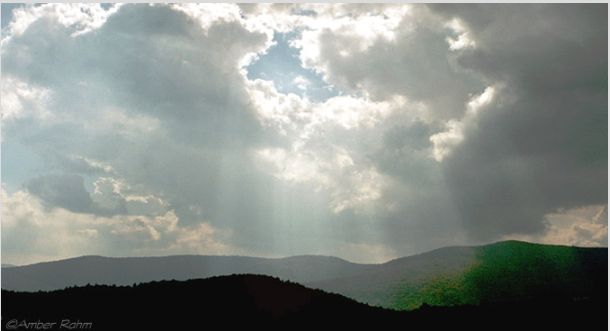Vermont rays
Vermont Rays: An Enchanting Display of Atmospheric Optics
When it comes to atmospheric optics, Vermont is a region that never fails to captivate with its mesmerizing displays. One such phenomenon that enchants observers is the breathtaking sight of soft rays illuminating the rolling hills. These ethereal beams of light, also known as crepuscular rays, create a scene that seems almost otherworldly. In this article, we will delve deeper into the fascinating world of Vermont rays, exploring their formation, characteristics, and the science behind their captivating beauty.
The Formation of Vermont Rays
Vermont rays, like all crepuscular rays, are formed when sunlight interacts with particles in the Earth's atmosphere. As the sun's rays pass through gaps in clouds or between objects on the horizon, they become scattered by dust, water droplets, or other suspended particles in the air. This scattering phenomenon causes the rays to appear as distinct beams of light radiating from the sun's position.
Characteristics of Vermont Rays
Vermont rays are renowned for their soft and delicate appearance. Unlike some crepuscular rays that exhibit a sharp contrast between light and shadow, Vermont rays often possess a more diffused and hazy quality. This gentle diffusion adds to their enchanting nature, creating an ethereal ambiance that seems to transport observers into a realm of tranquility and wonder.
The Science Behind the Beauty
The science behind the captivating beauty of Vermont rays lies in the interplay of light and atmospheric conditions. As sunlight encounters particles in the atmosphere, it scatters in various directions, creating a cone-shaped pattern of light rays. The intensity and visibility of these rays depend on factors such as the size and density of the particles, as well as the angle at which sunlight reaches them. In the case of Vermont rays, the unique atmospheric conditions in the region contribute to their distinct softness and diffused appearance.
Atmospheric Optics and Vermont's Landscape
Vermont's scenic landscape plays a crucial role in the creation and visual impact of crepuscular rays. The rolling hills, dense forests, and open fields provide an ideal canvas for the interplay of light and shadow. When the sun is low on the horizon, its rays are more likely to encounter obstacles such as trees or mountain peaks. These obstructions create the perfect conditions for the formation of crepuscular rays, enhancing the visual spectacle of Vermont's natural beauty.
Other Atmospheric Optics Phenomena in Vermont
While Vermont rays steal the spotlight in the realm of atmospheric optics, they are not the only captivating phenomenon to grace the skies of this picturesque region. Vermont is also known for its stunning sunsets and sunrises, which often showcase vibrant colors and unique cloud formations. Additionally, optical phenomena such as halos, sundogs, and iridescent clouds can occasionally be observed, adding to the magic of Vermont's skies.
The Magic of Vermont Rays: A Source of Inspiration
The enchanting display of Vermont rays has long served as a source of inspiration for artists, photographers, and nature enthusiasts alike. The ethereal quality of these rays evokes a sense of serenity and awe, inviting observers to pause and appreciate the beauty that exists within our natural world. Whether it is capturing a photograph, creating a painting, or simply basking in their presence, Vermont rays have the power to transport us to a realm where the boundaries between reality and imagination blur.
In conclusion, Vermont rays offer a captivating glimpse into the world of atmospheric optics. Their soft and diffused appearance, formed through the scattering of sunlight by atmospheric particles, creates a truly enchanting spectacle. Coupled with Vermont's picturesque landscape, these rays become a source of inspiration and wonder for all who have the privilege to witness them. So next time you find yourself in this breathtaking region, keep your eyes to the sky and prepare to be mesmerized by the magic of Vermont rays.

Soft rays illuminate Vermont hills. Image @Amber PAth, reproduced with permission.
Note: this article has been automatically converted from the old site and may not appear as intended. You can find the original article here.
Reference Atmospheric Optics
If you use any of the definitions, information, or data presented on Atmospheric Optics, please copy the link or reference below to properly credit us as the reference source. Thank you!
-
<a href="https://atoptics.co.uk/blog/vermont-rays/">Vermont rays</a>
-
"Vermont rays". Atmospheric Optics. Accessed on November 26, 2024. https://atoptics.co.uk/blog/vermont-rays/.
-
"Vermont rays". Atmospheric Optics, https://atoptics.co.uk/blog/vermont-rays/. Accessed 26 November, 2024
-
Vermont rays. Atmospheric Optics. Retrieved from https://atoptics.co.uk/blog/vermont-rays/.